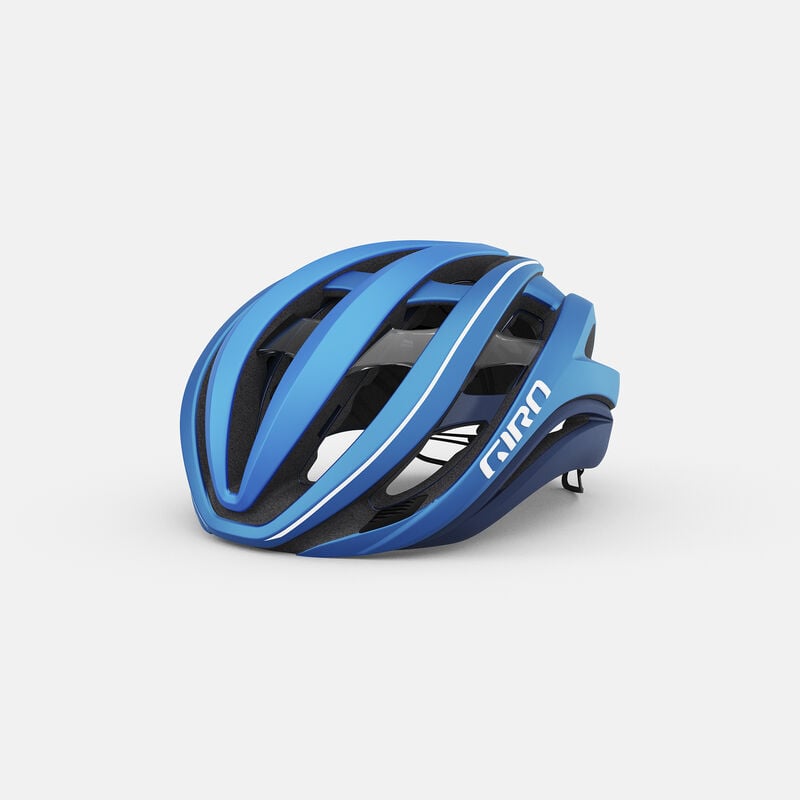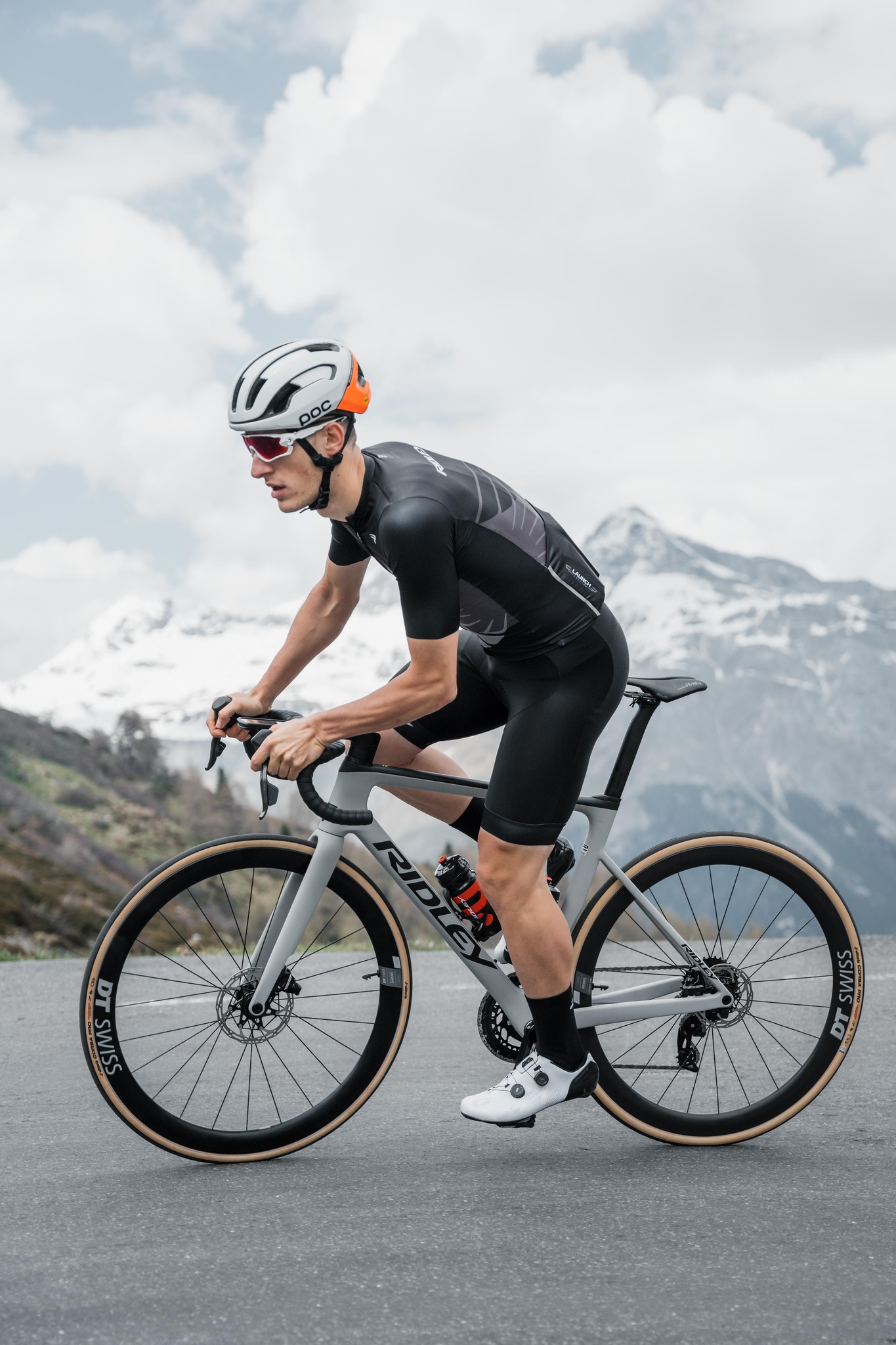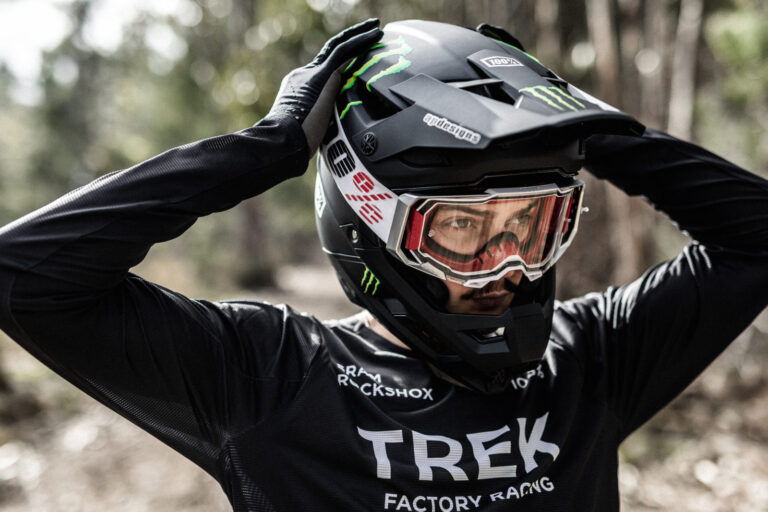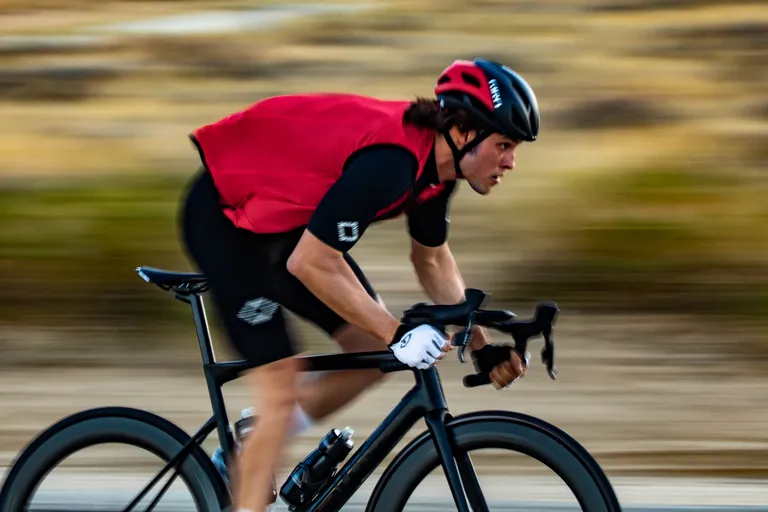Navigating Weather Challenges: Selecting a Road Bike Helmet for Different Climates

Key Point Summary of Selecting a Road Bike Helmet for Different Climates:
- Adaptability to Temperature: Choosing helmets suitable for both hot and cold climates.
- Ventilation and Insulation: Balancing airflow and insulation for comfort in various weather conditions.
- Materials and Design for Weather Resistance: Importance of helmet materials and design in withstanding different weather challenges.
Drawing from my extensive experience as a masters cyclist, racing and riding across diverse terrains, including mountain biking, gravel, and cyclocross, I’ve gained a deep appreciation for the importance of choosing the right gear. One of the most critical pieces of equipment is the road bike helmet, especially when considering different climates. Here, I share insights aimed at helping beginner to mid-level cyclists make informed decisions about selecting climate-appropriate helmets for all-weather cycling.
Tailoring Helmet Choice to Specific Climate Conditions
Beyond the basic hot and cold climate categorization, other weather factors like humidity, wind, and rain can impact your helmet choice.
1. Humid Climates:
- Ventilation Priority: In humid conditions, ventilation becomes even more crucial to prevent excessive sweating. A helmet with maximum airflow helps to evaporate sweat quickly, maintaining comfort.
- Material Consideration: Look for helmets with moisture-wicking padding that can absorb sweat without becoming waterlogged.
- Personal Experience: Riding in the Southeast, where humidity levels soar, I found helmets with deep internal channeling invaluable for keeping my head dry and comfortable.
2. Windy Conditions:
- Aerodynamic Design: In windy areas, an aerodynamic helmet can reduce drag and make your ride more efficient. This design helps in minimizing the head-wind effect.
- Secure Fit: Ensure the helmet has a snug fit. A windy environment can make a loose helmet unstable, impacting your ride quality and safety.
3. Variable Temperatures:
- Adaptability: In regions with fluctuating temperatures, a helmet with adjustable ventilation is beneficial. Being able to open and close vents can adapt your helmet to different parts of the day or varying intensities of your ride.
- Layering Options: Consider helmets compatible with thin skull caps or beanies for colder parts of the ride.
4. Rainy Climates:
- Water-Resistant Features: For rainy conditions, helmets with visors or extended coverage can offer additional protection against rain.
- Reflective Elements: Increased visibility in rainy conditions is vital. Helmets with reflective elements can enhance safety in such weather.
Additional Considerations for Climate-Specific Helmet Selection
- UV Protection: In sunnier climates, a helmet with built-in UV protection can help shield your head from harmful rays.
- Lightweight Construction: In warmer and more humid climates, a lightweight helmet can reduce the strain on your neck and shoulders, making the ride more comfortable.
Materials and Design for Weather Resistance
Weather-Resistant Materials: The materials used in the helmet can also influence its suitability for different climates. For instance, expanded polystyrene (EPS) foam, commonly used in helmets, offers good insulation while being lightweight.
Aerodynamic Design: In windy conditions, an aerodynamically designed helmet can reduce wind resistance and the chilling effect it can have. This is something I’ve appreciated when riding in windy coastal areas.
Additional Features for Weather Protection: Some helmets come with features like visors or extended rear coverage, providing additional protection from sun and rain. These can be particularly useful in variable weather conditions.
Ventilation and Insulation
Balancing Act: In climates where weather conditions can vary dramatically, the key is to find a helmet that offers a harmonious balance between ventilation and insulation. Helmets with features like adjustable vents provide immense value, allowing you to modify airflow based on the immediate climate. Moreover, helmets equipped with internal channeling systems can enhance air circulation while protecting against direct exposure to harsh elements, an advantage in both hot and cold environments.
Expert Insight: Understanding the importance of this balance, I always recommend helmets with adjustable ventilation to fellow cyclists. For example, during a group ride in a region known for its diverse climate, several riders were able to comfortably navigate the changing conditions by simply adjusting the ventilation on their helmets. This adaptability is a crucial aspect of helmet functionality, offering the flexibility to adapt to a variety of weather conditions without compromising comfort or protection.
By opting for a helmet that can cater to different environmental needs, cyclists can ensure they remain comfortable and focused, regardless of the weather challenges they encounter on their rides.

There are several helmets on the market designed to cater to a range of climate conditions, offering features like adjustable vents for optimal ventilation and insulation. Here are a few notable options:
- Giro Aether MIPS:
- Features: It comes with the Roc Loc® 5 Air fit system, allowing for easy adjustments to ventilation. The MIPS technology adds an extra layer of safety. The helmet’s design promotes airflow while providing substantial coverage.
- Best For: Versatile for both hot and cooler climates due to its adjustable ventilation system and enhanced safety features.
- Bell Stratus MIPS:
- Features: Equipped with adjustable vents, this helmet offers a balance between aerodynamics and cooling. The MIPS system provides additional brain protection.
- Best For: Ideal for cyclists who ride in varying temperatures and require a helmet that can adapt to different weather conditions.
- Specialized S-Works Prevail II Vent:
- Features: Known for its ultra-light design and large vents for superior cooling. It also includes ANGi crash sensor and MIPS technology.
- Best For: Great for hotter climates due to its exceptional ventilation, but also suitable for cooler temperatures when paired with a thermal cap.
- Kask Protone:
- Features: Offers a blend of aerodynamics and cooling with its adjustable vent system. The helmet is also known for its comfortable fit.
- Best For: A top choice for riders who face diverse weather conditions, providing comfort and performance in various environments.
FAQ
Do white helmets keep you cooler?
Yes, white helmets can keep you cooler. Lighter colors, like white, reflect more sunlight and absorb less heat compared to darker colors, potentially making them a cooler choice in sunny conditions.
Are road bike helmets different?
Yes, road bike helmets are different from other types of cycling helmets. They are typically lighter, have more ventilation, and are designed with aerodynamics in mind to reduce wind resistance for road cycling efficiency. They also often feature a sleeker design compared to mountain bike helmets, which usually have more coverage and a visor.
Final Thoughts
Choosing the right road bike helmet involves considering the specific climate conditions you’ll be riding in. From humid to windy, and variable to rainy environments, each condition demands a different approach to helmet selection. As a cyclist, adapting your gear to suit these conditions not only enhances your comfort but also ensures you are better prepared for whatever the weather throws at you.
John






